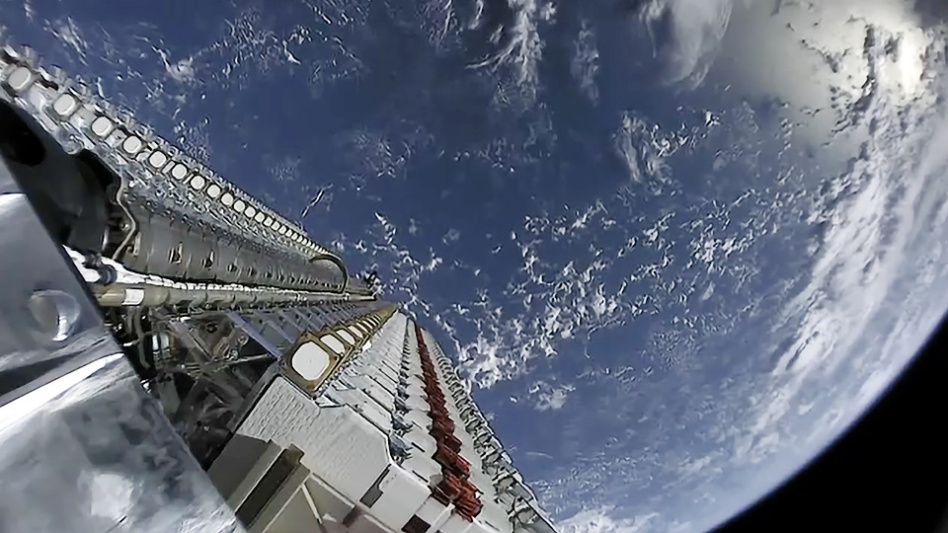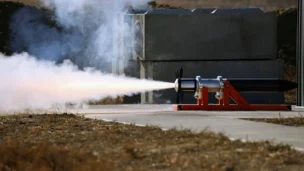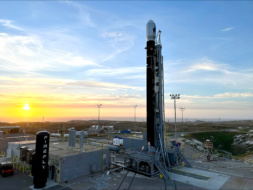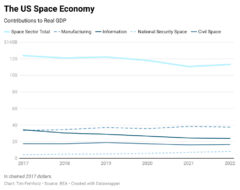The FCC upheld its 2022 decision to deny Starlink an $886M Rural Digital Opportunity Fund subsidy aimed at expanding internet connectivity into rural areas.
A brief history: SpaceX initially won the award in 2020, but the FCC ultimately reversed its decision last summer, citing concerns over the cost of Starlink’s user terminals and the service’s download speeds.
- “The question before us was whether to publicly subsidize its still developing technology for consumer broadband—which requires that users purchase a $600 dish,” the FCC said in a press release last year.
SpaceX appealed the FCC decision but was denied in yesterday’s ruling.
Dissents: FCC Commissioner Brendan Carr issued a strongly-worded dissent, accusing his own agency of politicizing the decision and “making up an entirely new standard of review that no entity could ever pass and then applying that novel standard to only one entity: Starlink.”
“SpaceX is deeply disappointed,” the rocket company wrote. “Starlink is arguably the only viable option to immediately connect many of the Americans who live and work in the rural and remote areas of the country.”
Starlink’s Growth and Performance:
US internet traffic on SpaceX’s Starlink satellite network increased 2.5x in 2023 and global traffic nearly tripled, according to a report published yesterday by cloud connectivity company Cloudflare.
The boost reflects a growing number of people using the service for internet. In September, SpaceX announced that Starlink had hit 2M+ subscribers, doubling its base in the first nine months. Looking ahead to next year, the service is slated to go live in 60+ more countries by the end of 2024—opening markets with an additional 1.6B people.
Starlink performance: Starlink download speeds hit 65 Mbps in Q3, slightly down quarter over quarter but a 20% increase from the prior year, according to Ookla, a company that analyzes internet performance metrics. In November, performance improved to a record 79 Mbps.
- Starlink speeds are more than twice as fast as its GEO competitors (ViaSat and HughesNet), but still trail traditional fiber broadband providers.
- The company’s data indicates ~84% of Starlink users live in rural areas.
Capacity: An increase in users is good for SpaceX’s bottom line, but can be bad for internet speed, since more traffic can create bottlenecks and overwhelm the constellation. To combat that, the company has been on a mad dash to launch as many Starlink birds as possible, and now operates a fleet of 5,000 sats.
To further help with user traffic, the company also introduced a bulkier and higher-capacity satellite earlier this year, dubbed the Starlink V2 minis. When Starship comes online, the launch (or now satellite) giant plans to drop the mini-title and roll out even higher capacity Starlink birds.
Starlink business model:
- The satellite service has become a core revenue driver for SpaceX, with the business line generating $1.4B last year.
- Elon Musk recently announced that the business had achieved cash flow breakeven as Starlink sales are on track to more than double this year.




